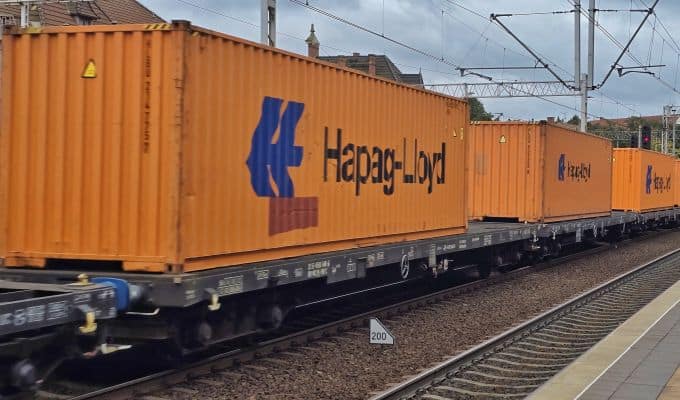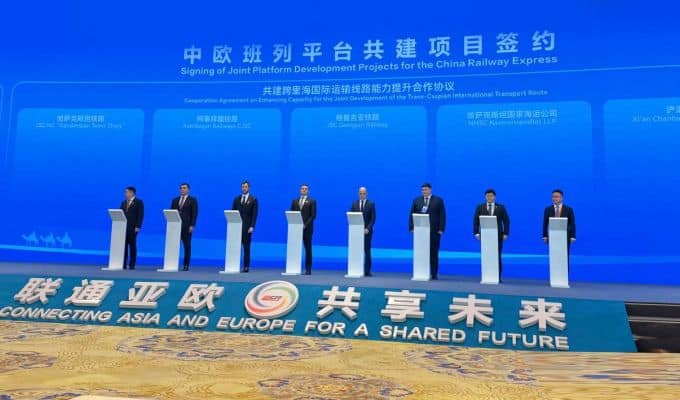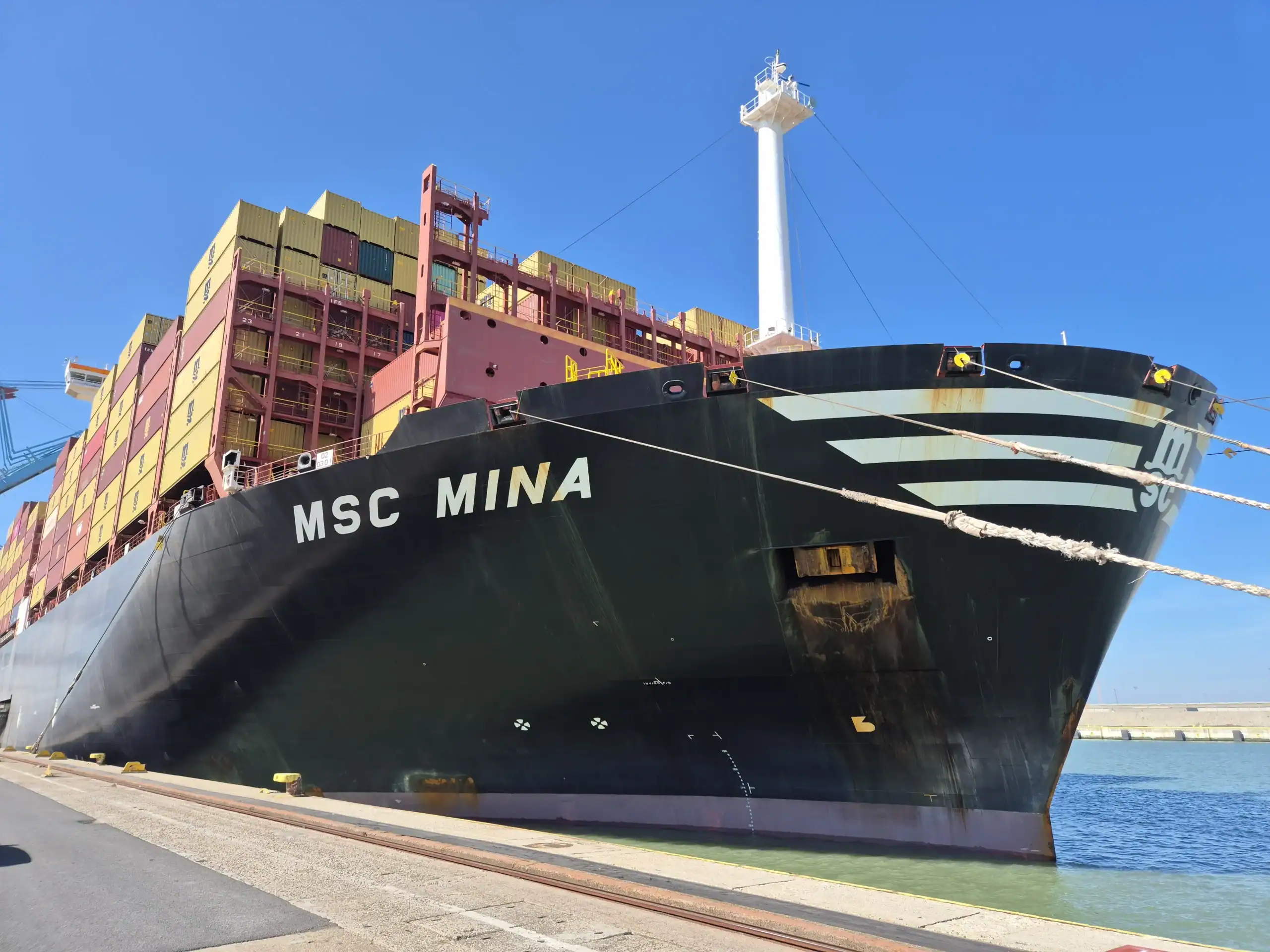Declining volumes, rising costs, infrastructure challenges, and decreasing competitiveness compared to road transport — this is the current reality of European intermodal transport. After years of dynamic growth, this key logistics segment has reached a turning point. Increasingly, experts warn that without decisive action from governments and the European Union, the share of rail in freight transport will begin to decline permanently.
One of the most frequently discussed proposals is to exempt intermodal transport from certain road tolls, which currently burden combined transport on the so-called “first and last mile.” The German transport association VDV (Verband Deutscher Verkehrsunternehmen) has joined the industry’s call, warning that further increases in road tolls could lead to a collapse in the competitiveness of intermodal transport compared to traditional trucking.
Intermodal transport loses momentum
For years, intermodal transport symbolized modern and sustainable logistics. By combining the advantages of rail (efficiency, environmental benefits) with the flexibility of road transport, the industry created a solution that offered a real alternative to long-distance trucking.
However, recent data show a clear slowdown. The operator Kombiverkehr reported that in fiscal year 2024 it transported around 780,000 loading units, a 6% decrease compared to the previous year. Similarly, Hupac, Europe’s largest combined transport operator based in Switzerland, recorded declining demand across all major routes in 2023.
The causes of this trend are multifaceted. The European economy remains stagnant, and ongoing modernization works on rail networks in Germany and neighboring countries are causing capacity constraints, train cancellations, and higher operating costs. The industry describes the situation in some cases as “paralyzing.”
Road tolls increasingly burden logistics
Another factor hitting combined transport is the rising road toll (Maut). Since the end of 2023, Germany has introduced new, higher toll rates linked to CO₂ emissions. In July 2024, the system was extended to vehicles weighing between 3.5 and 7.5 tons, further increasing costs for companies operating short-haul routes to and from intermodal terminals.
In practice, this means that even short “first and last mile” segments — necessary to move a container from a rail terminal to the consignee or shipper — are subject to full toll rates.
For intermodal operators, this strikes at the very foundation of their business model. As a result, a transport chain that was supposed to be greener and more efficient is becoming less competitive than pure road haulage.
The industry speaks with one voice: exemption from road tolls is needed
More and more industry organizations are calling for regulatory adjustments. The VDV, together with associations such as Kombiverkehr and DSLV (Bundesverband Spedition und Logistik), is appealing for an exemption from road tolls for trucks serving intermodal transport.
This refers specifically to short routes between the rail terminal and the customer — where no rail alternative exists. The industry argues that such a measure would be justified from ecological, economic, and logistical perspectives.
“Without partial exemption from Maut charges, intermodal transport loses its viability on many routes. We cannot punish those who choose climate-friendly solutions,”
emphasize VDV representatives in industry statements.
It is worth noting that similar solutions already exist in several European countries, where combined transport benefits from toll or port fee reductions.
Arguments for introducing the exemption
- Strengthening rail competitiveness – reducing first and last mile costs increases the attractiveness of intermodal transport compared to road transport.
- CO₂ emission reduction – a greater share of rail freight means lower emissions and better alignment with EU climate goals.
- Economic efficiency – easing the burden on terminals and operators helps sustain routes currently on the verge of profitability.
- Sustainable infrastructure development – higher demand for combined transport improves terminal utilization and justifies further public investment.
The issue is not limited to Germany. Across Europe, similar trends are visible — rising energy costs, labor shortages, delays in rail projects, and complex investment procedures.
Industry organizations are calling for combined transport support to be placed on the agenda of the new European Commission. Under the Eurovignette Directive revision, member states have the option to introduce toll exemptions or reductions for specific transport segments. The industry expects intermodal transport to become one of the key beneficiaries of such measures.
Infrastructure and digitalization — conditions for survival
Even the best fiscal measures will not suffice without infrastructure improvements. German and Polish freight corridors are currently facing a record number of track closures and capacity restrictions. Major modernization projects are scheduled for 2025, including upgrades to Rhine lines and the north–south corridor.
At the same time, digitalization is becoming increasingly important — automated terminal slot planning, electronic waybills, and data integration between road and rail operators. This is another crucial factor for keeping intermodal transport attractive and reliable.
Outlook and risks
The intermodal sector still holds tremendous potential. According to European Commission estimates, to meet the 2030 climate targets, at least 30% of freight over 300 km should shift from road to rail or inland waterways. Yet current trends are moving in the opposite direction.
If member states fail to introduce systemic incentives and improve rail infrastructure, intermodal freight may enter a lasting decline. That would mean more trucks on the roads, higher emissions, and a greater distance from EU climate objectives.
Intermodal transport no longer needs new strategies or declarations — it needs real action. Exempting combined transport from road tolls would be a step that could immediately improve competitiveness and encourage companies to maintain rail-road operations.
The rail, freight forwarding, and intermodal sectors are speaking with one voice:
It’s time for decisions before intermodal loses its place in European logistics.



